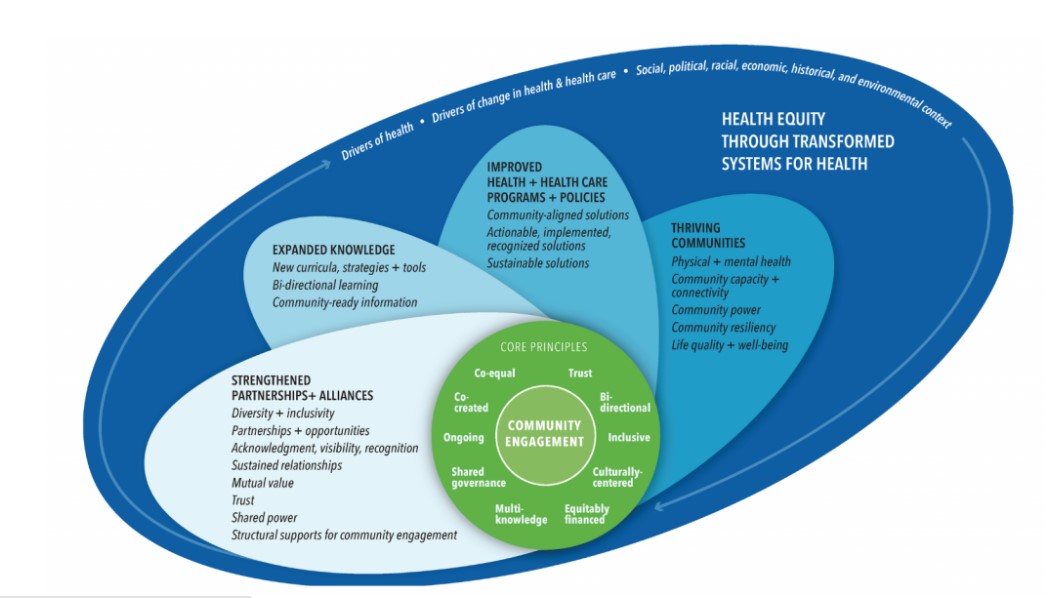7667766266
enquiry@shankarias.in
Mains: GS II - Issues Relating to Development and Management of Social Sector/Services relating to Health, Education, Human Resource
Recently, some states in India began to bring health care directly to doorsteps, to improve community engagement in healthcare.
|
Recent Examples From the States |
|

|
The National Rural Health Mission (NRHM) |
|